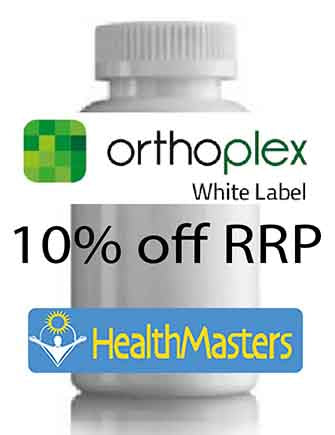To help us enhance our site, we use cookies for analytics; your data is never sold.

Orthoplex TMG (Trimethylglycine) 100gm
Please log into your patient account, otherwise you can create an account. Once you have logged in, you will be able to request access to this product.
Overview
Orthoplex White TMG (Trimethylglycine) 100gm
10% off RRP at HealthMasters
Orthoplex White TMG (Trimethylglycine) is part of the Orthoplex White Range
Pack Size: 100g oral powder
Orthoplex White TMG Allergen Advice: Gluten Free, Soy Protein Free, Vegan, Dairy Free.
Content Restricted
More information is available in this section to approved patients.
Online ordering is available 24/7.
Your order may ship in multiple packages to ensure they reach you as soon as possible.
If any of your products are on backorder and you are within Australia, these items will ship separately as soon as they become available at no additional cost. For international orders, your order will be sent in one package when all stock is available.
The stock availability dates are provided by our suppliers, and we endeavour to keep this information as up to date as possible on the product page.
| Within Australia | |
| Orders over $150 | $10 Express * |
| Orders under $150 | $15 Express * |
All values are Australian dollars, incl. GST.
* Deliveries to PO Boxes will be shipped standard, 2-5 days transit. Cold goods cannot be shipped to PO Boxes.
For more information, including estimated transit times and international pricing, see our Shipping page.
